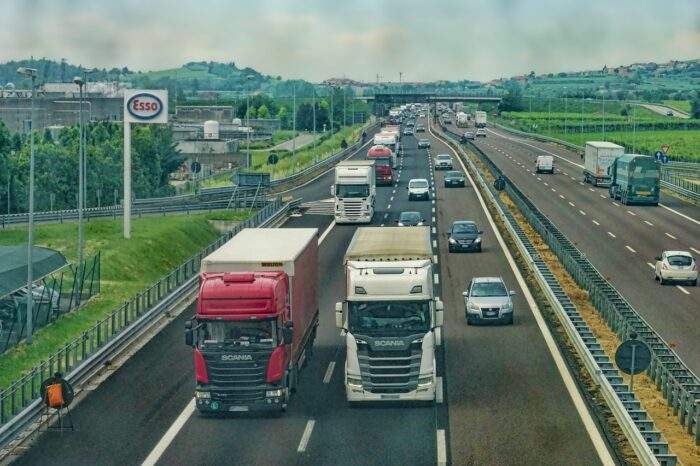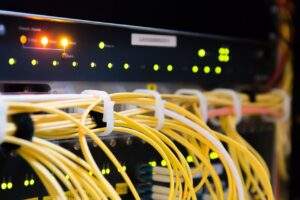Ways to Improve Your City’s Transportation System for Efficiency

Providing your city’s residents with efficient public transit options can significantly improve their quality of life. It can lower commuting times, decrease traffic congestion, and help vulnerable communities navigate their community.
Some significant ways to improve your city’s transportation system include Dedicated bus lanes (queue jumper lanes, priority traffic signals) to increase bus speeds and efficiency, Comfort improvements on vehicles and at stops (less crowding, more seats, washrooms, etc.), streamlined ticketing systems and marketing programs.
Improve Bus Routes
While buses may never equal the capacity of a subway train, they can provide many benefits to communities that reduce dependence on cars and increase access to jobs, services, and amenities. Increasingly, though, city bus routes are getting slower, more unreliable, and less convenient.
Fortunately, several system improvements can quickly make buses more usable and reliable. For example, branded priority lines that run with high frequency are the best ambassadors for your entire bus network—and they can be affordable. Other fixes include:
- Reducing stops.
- Creating dedicated lanes.
- Using cameras to zap drivers who double park or violate the bus lane.
- Optimizing traffic signals.
- Changing fare policies.
These strategies improve reliability, speed, and convenience while allowing for increased ridership. Many of them even pay for themselves through cost savings.
Cut Fares
Whether it’s by offering dedicated bus lanes, cutting ticket prices, or increasing the efficiency of ticketing systems, making transit more affordable can help people drive less and take public transport. The benefits of a more efficient transportation system are clear: less congestion, lower carbon footprint, and a more accessible city.
However, fare cuts are a blunt instrument that hurts the sustainability of transit agencies. Instead, consider focusing on strategies targeting specific routes, days, times, or populations like low-income citizens.
Moreover, transit officials should focus on winning broader support for funding, which requires a strong argument for their systems’ ability to reduce traffic and strengthen downtowns. It also demands showing how they can boost equity and help communities overcome poverty by reducing car ownership and dependency.
Add More Buses or Trains
Creating a rail-based public transportation system for long commutes and bus-based for shorter trips can transform cities to be healthy, dynamic, and equitable. It reduces the number of cars on the road, allowing residents to travel from neighborhoods to commercial and city centers and providing more people with access to jobs, education, and opportunities.
Faster buses that run frequently and on a reliable schedule will attract more riders. Branded buses, better seating and comfort, washrooms, convenient ticketing, wayfinding options, and more will increase customer satisfaction, and the cost of these improvements can often be recouped through increased revenue.
Shuttle services and buses must connect neighborhoods far from train stations. It will give vulnerable populations and those without access to cars an affordable option for traveling within their communities and commuting to work, amenities, or other opportunities.
Shorten Commutes
Commuting is one of the top reasons people quit their jobs, so making it a little easier to travel around your city could boost employee morale. Many companies are starting to allow remote work, while others are finding ways for employees to avoid rush hour traffic and mass transit crowds altogether.
Providing alternatives to driving will help reduce peak hour travel times and traffic congestion while reallocating road space. And it can give people with disabilities and low-income neighborhoods who don’t have vehicles easy access to amenities, jobs, shopping centers, and other city destinations. A safe, reliable public transportation system also decreases carbon footprints and improves community health.
Create Multimodal Hubs
Efficient transportation systems reduce traffic congestion and carbon emissions. They also improve air quality and promote a healthy lifestyle. To increase efficiency, cities must invest in public transportation infrastructure. Adding dedicated public transportation lanes, optimizing bus routes, completing road construction or modernization projects, and implementing digital upgrades can all help.
Moreover, implementing transit-oriented development around multimodal hubs can encourage commuters to take public transport. These centers are designed to support all sustainable modes of transportation, reducing reliance on private vehicles.
Multimodal hubs with integrated electric vehicle (EV) charging stations synergize all sustainable transport options while promoting eco-friendly travel. Commuters arriving by train can quickly transfer to an electric shuttle or rent a bike to reach their destination. Furthermore, the EV-charging infrastructure can optimize land utilization and minimize costs.







